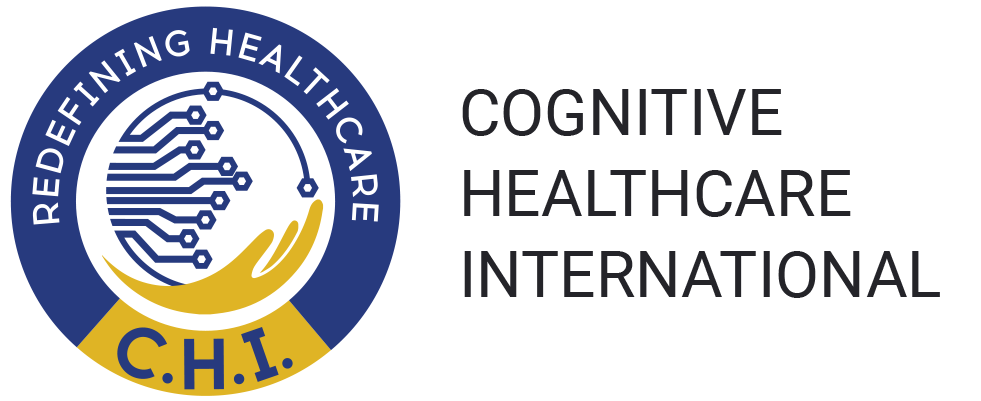
Dubai explores real-time monitoring, virtual check-ups for diabetics
Forty patients were given home-monitoring devices that regularly send data to the Dubai Diabetes Centre.
Diabetics need regular medical check-ups to prevent complications. But what if a patient could get all the monitoring done at home and doctors could receive updates in real-time? Experts in Dubai have started a study that could determine how virtual check-ups and telemonitoring could benefit people with diabetes.
The Dubai Diabetes Centre (DDC) on Tuesday announced that they are currently testing a telemonitoring system, with 40 patients selected for the research. Home monitoring devices, a smart pill box, mobile technologies and a software were all provided to track daily patient data, allowing specialists to plan interventional strategies.
“Diabetes requires one to have regular follow-ups to avoid complications. In general, over time, patient compliance reduces and they tend to miss follow-up appointments,” explained Dr M. Hamed Farooqi, director of the DDC.
“Even a gap of three to six months with no follow-ups can be severely detrimental to diabetic patients, especially those with other comorbidities. Therefore, the aim of this study is to provide diabetics with home monitoring devices and regularly receive data from them so that we can keep a close eye on their condition.”
The study shall be carried out until the end of December and it is expected to be completed by early next year, he added. Once done, the center will evaluate how effective telemonitoring is and whether it should be incorporated within the system.
How the study works
Each patient taking part in the DDC study was given four home-monitoring devices: A blood pressure monitor, a blood glucose monitor, heart rate monitor and pulse oximeter. There were also provided with a pill box, which beeps every day at the time their medicine needs to be taken.
If they don’t take the medicine on time or miss the medicine, the data is immediately sent to the centre.
Patients were also given a mobile phone. They need to place this phone close to their monitoring devices whenever they use them.
“The mobile has the software which captures all the patient data and automatically sends it to our centre. In the data room, the data gets automatically triaged as green, yellow and red based on artificial intelligence,” Dr Farooqi explained.
“Green means the results are fine, yellow means the readings are slightly abnormal, and red means the patient needs intervention. If the data falls under the yellow category, the patient is automatically sent a push notification, which informs him that the results are slightly abnormal, and therefore the patient needs to take the necessary measures as already advised by healthcare providers.
“If the data falls under the red category, the patient gets a call from DDC and the healthcare provider can provide a phone consultation or request them to visit the centre for further consultation.”
At the end of every week, a doctor receives a comprehensive patient report, said Dr. Farooqi. “This kind of real-time monitoring helps the patient stay on track and ensures there is no time-gap in terms of physical consultation, which means complications can be greatly reduced.”
Currently, a video call feature is also being tested for the study.
Healthcare innovation
The study was announced during the visit of Humaid Al Qutami, director-general of the Dubai Health Authority, to the centre.
Al Qutami said: “The DHA strongly focuses on technology to improve patient care and drive down costs of healthcare. In the current healthcare climate, globally, there has been a surge in the importance of telehealth.
“At the DHA, we aim to continue employing various technologies that fit the nuances of the healthcare landscape in the emirate…We are keen to continue medical research, especially in the field of healthcare and technology, to help empower patients and improve patient care and compliance.”
Currently, diabetics have home-monitoring devices that they use to check their blood sugar and blood pressure. They store the data in the devices and whenever they go for their follow-up appointment – which is typically every two to three months – the endocrinologist reviews the data in one go. During this period, if the numbers are higher than usual, the patient has to contact the DDC and schedule a phone consultation or an appointment.
